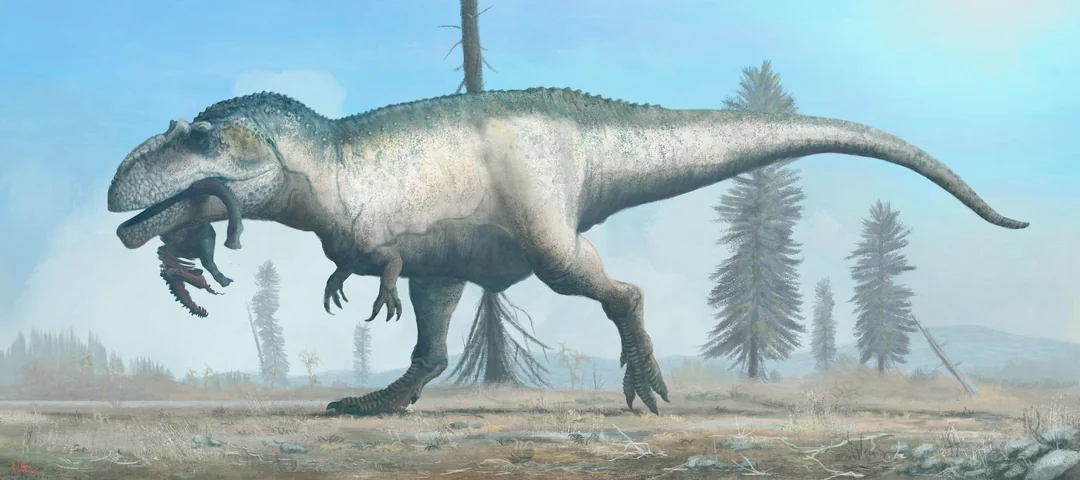Mesozoic
The Age of the Dinosaurs
The Mesozoic Era (252–66 million years ago) was a transformative period in Earth's history, marked by the dominance of dinosaurs, the rise of mammals, and the evolution of birds and flowering plants. Spanning nearly 186 million years, this era saw the breakup of the supercontinent Pangaea and major shifts in climate and ecosystems. The Mesozoic is divided into three periods: the Triassic, Jurassic, and Cretaceous.
Triassic Period (252–201 million years ago): Recovery and New Beginnings
The Mesozoic Era began after the Permian-Triassic Extinction, the most severe extinction event in Earth's history. Life slowly recovered, and reptiles became the dominant land animals. Early dinosaurs emerged in the late Triassic, alongside the first true mammals, which were small and nocturnal. In the oceans, ichthyosaurs and plesiosaurs evolved, while the first pterosaurs (flying reptiles) took to the skies. Pangaea began to break apart, causing changes in climate and ocean circulation. The period ended with another mass extinction, allowing dinosaurs to rise to dominance.


Jurassic Period (201–145 million years ago): The Reign of the Dinosaurs
Cretaceous Period (145–66 million years ago): Evolutionary Innovations and Catastrophe
The Jurassic Period saw the full rise of dinosaurs, which diversified into numerous species, including giant sauropods like Brachiosaurus and fierce predators like Allosaurus. The first true birds, such as Archaeopteryx, evolved from small feathered dinosaurs. The climate was warm and humid, leading to lush forests of conifers, ferns, and cycads. In the oceans, giant marine reptiles thrived, while flying reptiles like pterosaurs ruled the skies. Mammals remained small and mostly nocturnal, unable to compete with the dominant dinosaurs.
The Cretaceous was a period of great evolutionary change, with the rise of flowering plants (angiosperms) that transformed ecosystems and provided new food sources. Dinosaurs, including Tyrannosaurus rex, Triceratops, and Velociraptor, reached their peak diversity. Mammals, though still small, continued to evolve. In the seas, giant mosasaurs and plesiosaurs were dominant predators, while pterosaurs continued to soar in the skies. The period ended with the Cretaceous-Paleogene (K-Pg) extinction event, most likely caused by a massive asteroid impact, which wiped out the non-avian dinosaurs and many other species, paving the way for mammals to take over in the Cenozoic Era.